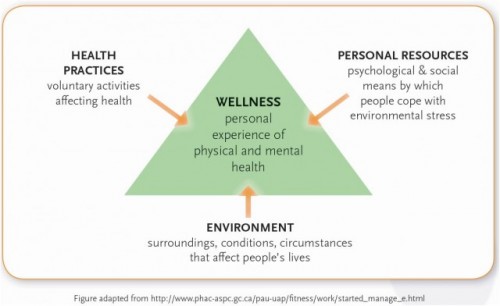A Best Practice Model for Workplace Wellness

You’ve no doubt heard it before: A healthier workforce reflects positively on an organization’s bottom line.
Yet, knowing how to implement workplace wellness initiatives can be confusing. What are the components? And where can you expect to see the benefits?
This best practice model, adapted from Physical Activity Line (PAL), a British Columbia counselling service, provides the information you need to understand workplace wellness so you can create a successful program.
Why Workplace Wellness?
More than 60 percent of the population is in the workforce and they spend much of their waking day during a typical week working as well as commuting to and from their workplace. The competing demands of today’s life mean there is less time and energy to be engaged in health promoting behaviours leading to physical, mental, and emotional health issues.
The majority of benefits costs can be attributed to these disease categories: cardiovascular, musculoskeletal, respiratory, digestive, cancer, and stress. Because of the amount of time spent at work, the worksite is a great place to influence a large portion of the population.
Healthier employees result in:
- Improved productivity
- Improved employee morale
- Reduced absenteeism
- Lower turnover rates
- Lower health-care claims/costs
What Is a Best Practice Approach to Workplace Wellness?
A comprehensive approach consists of elements from the following categories:
1. Health Practices: enabling and supporting healthy lifestyles, behaviours, and coping skills.
2. Physical Environment: addressing the health and safety of the work-site.
3. Social Environment and Personal Resources: enhancing the culture of an organization.

Each of these categories involves a variety of strategies across the following areas:
- Increasing awareness and education
- Assisting behaviour change and skill building
- Providing a health promoting environment
- Mobilizing and building capacity
How Do You Create a Successful Program?
These steps are instrumental for a successful program:
1. Serious commitment and involvement from senior management.
2. All levels of staff are involved with planning.
3. The focus is on employees needs.
4. Use of on-site experts and facilities.
5. The mission, vision, values, and goals are supported by policy.
6. Integration of lifestyle choices, social conditions, and work environment.
7. Individualized to the needs of the worksite.
8. Ongoing evaluation of key indicators, measures, and outcomes.
9. Long term planning and commitment.